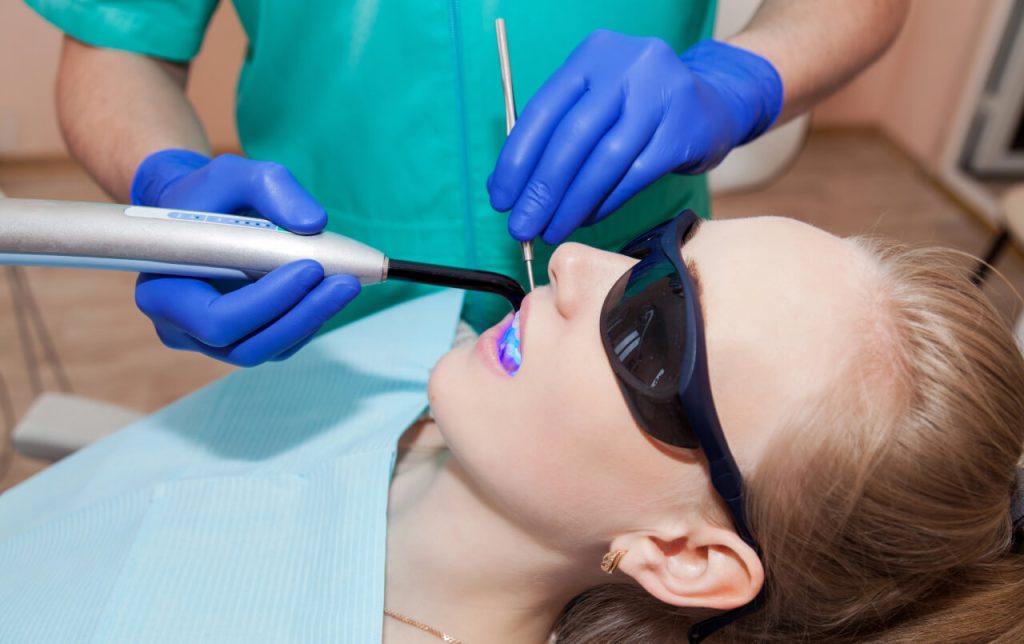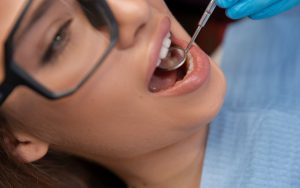Sedation dentistry has emerged as a revolutionary solution for patients who experience anxiety, discomfort, or fear during dental visits. But beyond the typical discussions, there’s a nuanced reality often overlooked: sedation dentistry isn’t just about making procedures painless; it’s about transforming the overall dental experience. For many, it’s the key to unlocking access to critical care they might otherwise avoid.
This article delves into what sedation dentistry truly is, exploring its safety and the profound impact it can have on patient care—especially for those who’ve long suffered in silence due to dental phobia.
What is Sedation Dentistry?
Sedation dentistry is a specialized approach to dental care that uses medication to help patients relax during dental procedures. It is particularly beneficial for those who experience significant anxiety or fear when visiting the dentist, as well as for patients who require complex or lengthy procedures. While sedation dentistry is commonly discussed in terms of patient comfort, it’s important to recognize that its impact goes far beyond simply calming nerves. Sedation can improve the overall quality of care, allowing dentists to work more efficiently and enabling patients to undergo multiple treatments in a single visit without discomfort.
Understanding the Levels of Sedation
Sedation in dentistry isn’t a one-size-fits-all solution; it comes in varying levels tailored to meet the specific needs of each patient. The three most commonly offered types of sedation are nitrous oxide, oral sedation, and IV sedation. Each method provides a different level of sedation, ranging from mild relaxation to deeper unconsciousness, ensuring that patients receive the appropriate care based on their level of anxiety and the complexity of the procedure.
Nitrous Oxide (Laughing Gas)
Nitrous oxide, commonly known as “laughing gas,” is one of the mildest forms of sedation available. It is inhaled through a small mask placed over the nose, and it helps patients feel relaxed and at ease within minutes. Nitrous oxide is ideal for those with mild anxiety or those undergoing less invasive procedures, as it wears off quickly, allowing patients to drive themselves home after their appointment. This form of sedation is widely used because of its safety profile and the fact that it can be easily adjusted throughout the procedure to maintain patient comfort.
Oral Sedation
Oral sedation involves taking a prescribed medication, usually in pill form, before the dental procedure. The most common medications used are benzodiazepines, which help to reduce anxiety and promote relaxation. Oral sedation provides a moderate level of sedation, making patients drowsy but still conscious enough to respond to instructions. It’s particularly useful for patients with moderate to severe dental anxiety or those who are undergoing longer, more complicated procedures. Because the effects of oral sedation last longer than nitrous oxide, patients will need someone to drive them home after their appointment.
IV Sedation
Intravenous (IV) sedation offers a deeper level of sedation compared to nitrous oxide and oral sedation. Administered directly into the bloodstream, IV sedation allows for rapid and precise control over the level of sedation, making it ideal for more invasive dental procedures or for patients with significant anxiety. Under IV sedation, patients remain conscious but are in such a deeply relaxed state that they may not remember much, if anything, about the procedure. Due to its potency, IV sedation requires close monitoring by a trained professional and necessitates that patients arrange for transportation home after their appointment.
By understanding these different sedation options, patients can make informed decisions about their dental care, ensuring that their experience is as comfortable and stress-free as possible.
Is Sedation Dentistry Safe?
One of the most common concerns surrounding sedation dentistry is its safety. When administered by a qualified dental professional, sedation dentistry is extremely safe. Dental practitioners who offer sedation undergo rigorous training and certification to ensure they are equipped to handle any potential complications that may arise. Moreover, sedation techniques and protocols are designed with patient safety as a top priority, ensuring that the benefits of reduced anxiety and pain outweigh any risks.
Safe Sedation Practices in Dentistry
Safety in sedation dentistry begins with a thorough pre-procedure assessment. This includes reviewing the patient’s medical history, current medications, and any underlying health conditions that could affect the sedation process. The dentist will also discuss the sedation options available, ensuring the patient understands the procedure and feels comfortable with the chosen method.
During the procedure, patients are closely monitored with specialized equipment that tracks vital signs such as heart rate, blood pressure, and oxygen levels. This continuous monitoring allows the dental team to quickly respond to any changes, ensuring the patient remains safe throughout the procedure.
Post-procedure, patients receive detailed instructions to ensure a smooth recovery. Depending on the type of sedation used, patients might experience some drowsiness, but these effects typically wear off within a few hours.
Overall, when performed by a trained and experienced professional, sedation dentistry is a safe and effective way to manage anxiety and discomfort during dental treatments.
Benefits of Sedation Dentistry
Sedation dentistry offers a range of benefits that extend far beyond simply calming a patient’s nerves. For many, it is a transformative approach that makes dental care accessible and manageable, particularly for those who might otherwise avoid it due to fear or anxiety. By creating a relaxed state, sedation dentistry enables patients to undergo necessary treatments without the associated stress, leading to better overall oral health.
Key benefits of sedation dentistry include:
- Reduced Anxiety: Helps patients with dental phobia feel calm and at ease during procedures.
- Pain Management: Minimizes discomfort during treatments, especially for invasive or lengthy procedures.
- Fewer Appointments: Allows multiple procedures to be performed in a single visit, reducing the need for repeated appointments.
- Gag Reflex Control: Helps patients with a strong gag reflex to undergo procedures without discomfort.
- Enhanced Cooperation: Enables dentists to work more efficiently, improving the quality of care and outcomes.
These benefits make sedation dentistry a valuable option for a wide range of patients, from those with mild anxiety to those requiring complex dental procedures.
What to Expect During Sedation Dentistry
When preparing for a sedation dentistry procedure, understanding what to expect can help ease any lingering concerns. The process typically begins with a consultation where the dentist will review your medical history and discuss your sedation options. This step is crucial to determine the most appropriate form of sedation based on your anxiety levels, the complexity of the procedure, and any health considerations.
Before the Procedure
Before your appointment, your dentist will provide specific instructions tailored to the type of sedation you will receive. These may include:
- Dietary Restrictions: You may be advised to avoid eating or drinking for several hours before the procedure, particularly with oral or IV sedation.
- Medication Guidelines: If you’re taking any medications, your dentist will let you know whether to continue or pause them before the procedure.
During the Procedure
On the day of the procedure, the sedation process begins as soon as you arrive. Depending on the sedation method:
- For Nitrous Oxide: You’ll breathe in the gas through a mask, and within minutes, you’ll start to feel relaxed.
- For Oral Sedation: You’ll take the prescribed pill about an hour before your appointment, which will leave you feeling drowsy and calm.
- For IV Sedation: The sedation is administered directly into your bloodstream, and you’ll begin to feel its effects almost immediately.
Throughout the procedure, your vital signs will be closely monitored to ensure your safety. The dental team will adjust the sedation level as needed to keep you comfortable.
After the Procedure
After the procedure, you’ll need time to recover from the sedation. Depending on the type, you might feel groggy or disoriented, so it’s important to have someone drive you home and stay with you for a few hours. Your dentist will provide aftercare instructions to help ensure a smooth recovery.
Conclusion
Sedation dentistry is a safe and effective option for those who experience anxiety, fear, or discomfort during dental procedures. By understanding the different types of sedation and what to expect during treatment, patients can approach their dental care with confidence and ease. Whether you need a routine checkup or a more complex procedure, sedation dentistry can help ensure a comfortable experience, allowing you to prioritize your oral health without the stress.
If you’ve been avoiding dental care due to anxiety or fear, now is the time to take control of your oral health. Visit us at High Desert Dental or call 505-888-2606 to schedule an appointment and explore how sedation dentistry can make your next visit a positive one.





